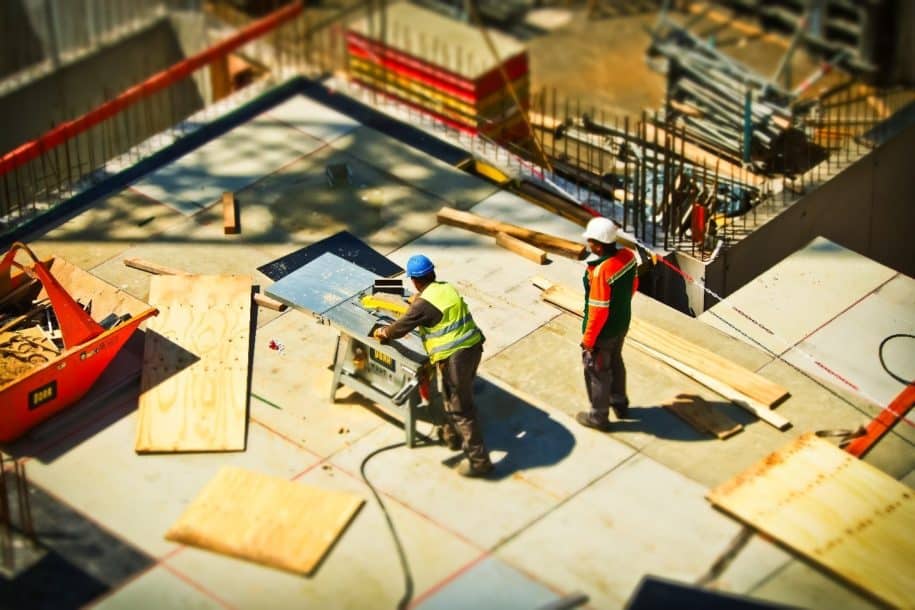Even those who are very familiar with the professional applications of the term “housekeeping” may not be aware of how essential communication is for the proper handling of it. Good housekeeping generally equates to increased safety. If it makes sense to put things away at home, so that there is not a random pair of shoes to worry about tripping over, then that same basic principle should also translate to the workplace. There are several reasons why this “commonsense” understanding does not always get carried out in the workplace:
- Commonsense is not the same for everyone.
- People have different standards for living, even at home.
- People operate very differently at home or work.
- People may not know what the expectations are for successful work performance.
In every conversation, the individuals involved will all have their own takeaway that may be entirely different from the intended message. This problem significantly increases when the message is being addressed to a group. While there are tools that can aid the process of reminding others of things they should know, the heart wants what it wants, and if someone’s heart wants to be a slob, there is no amount of “safety reminders” that will change their mind. That is why effective communication regarding the importance of good housekeeping needs to begin with the interview process. Laying out early on what the expectations for behavior are and reiterating through onboarding how much good housekeeping is an essential part of completing daily tasks, is crucial.
Safety professionals are going to have a harder time addressing deeply engrained bad habits. Firing individuals for repeat violations of ill-defined “niceties” is only addressing the symptoms of a much bigger problem and will generally lead to more bad habits (such as cover-ups and excuses). When workers are already used to operating in a certain way, the best thing is to regularly engage them in a genuine conversation about it. Address mindset; do not push new processes. In a book review from Abby Ferri, she recounts an example of PPE use among nurses and agrees with the author’s findings that coaching on a personal level is important to driving improvement. Personal coaching of healthier habits takes one-on-one conversations to transform motivations.
- Why do you work in that way?
- Do you appreciate having to hunt down items that are essential for your work because they have not been put back in their proper place?
- Do you think your coworkers appreciate that?
- If a fire started, and the fire extinguisher did not work properly because it hadn’t been checked on by anyone, how do you think that would go?
These are general examples of questions to address the person’s mindset, the one thing that can proactively determine how safely they will operate day-to-day. When mindsets are changed for the better, people have more adaptability to their surroundings. If good housekeeping is established in a way that can be positively reinforced, safety practices will flourish.
Author Bio

Abigail McKay
Abigail McKay leads SafetyStratus’ growing team of contributors as the Content Manager. Abigail has a Bachelor’s Degree in English and utilizes her education to communicate to the best of her ability the input from SafetyStratus’ team of safety professionals and technology experts. She has spent the last year building up the EHS knowledge resources available to SafetyStratus users and the wider community.



